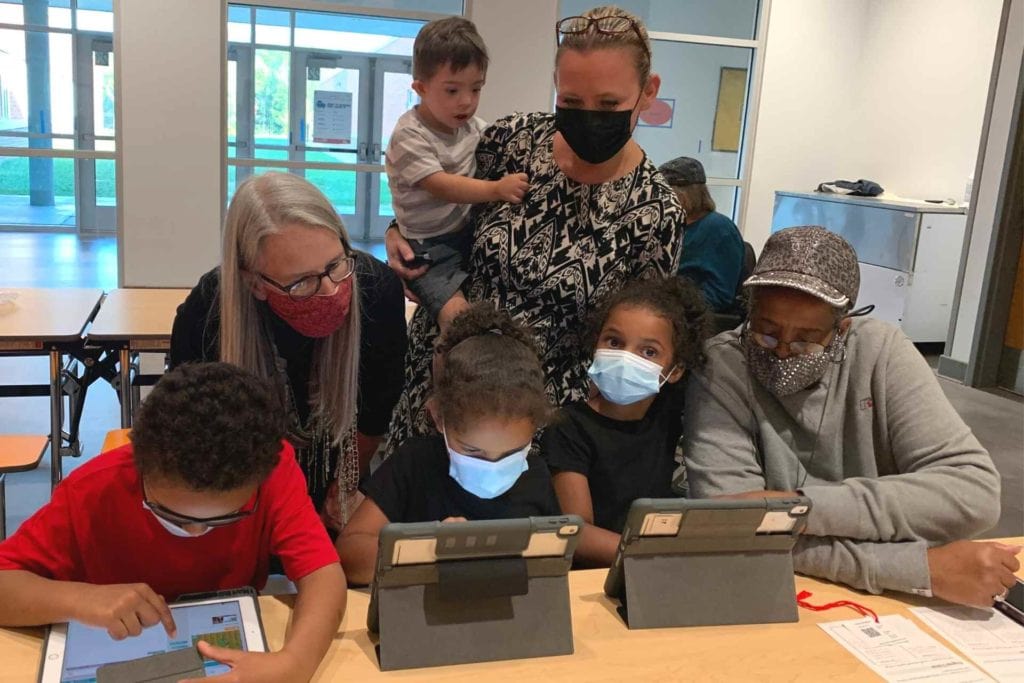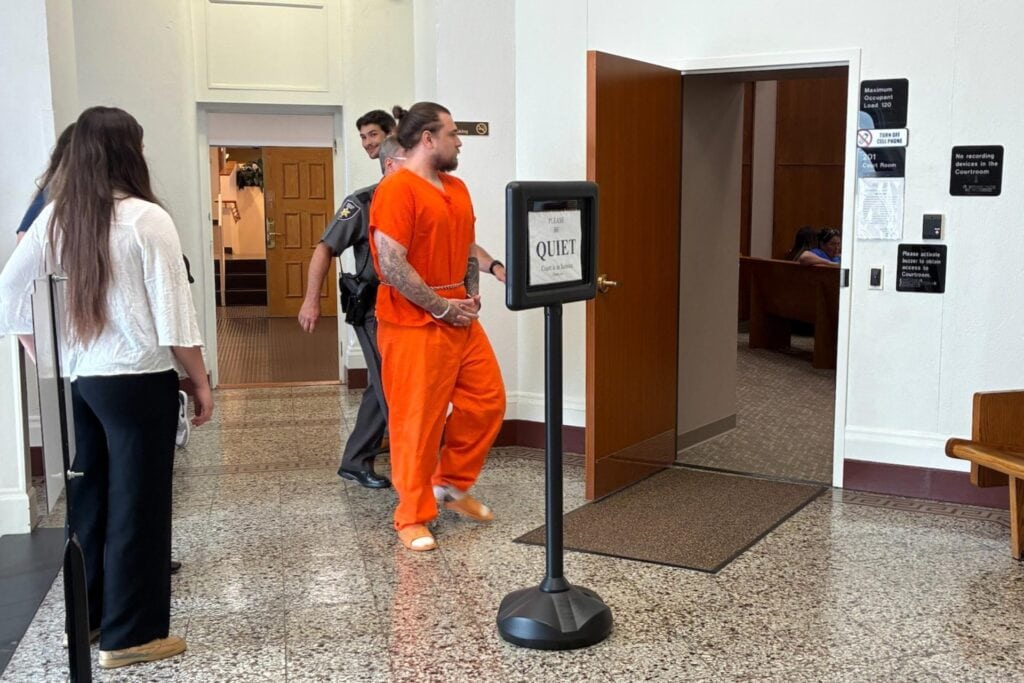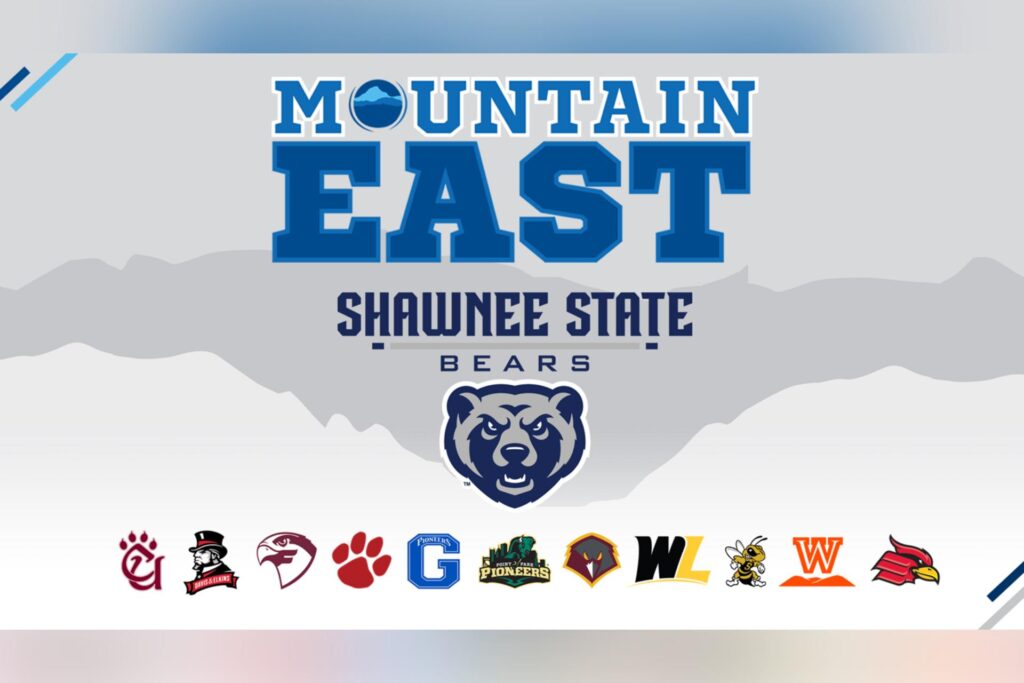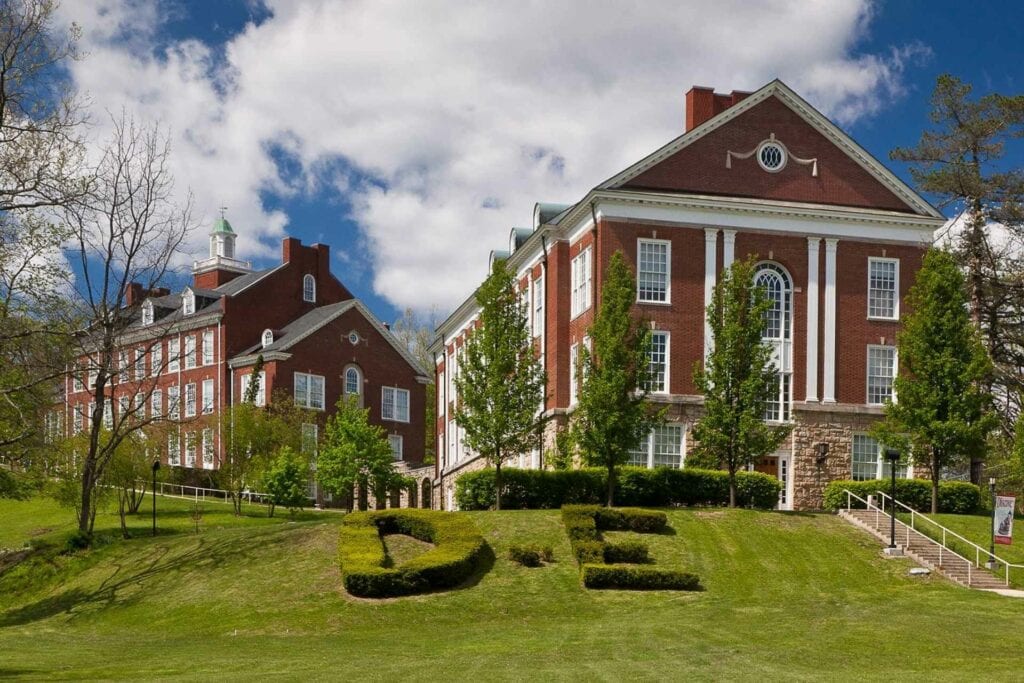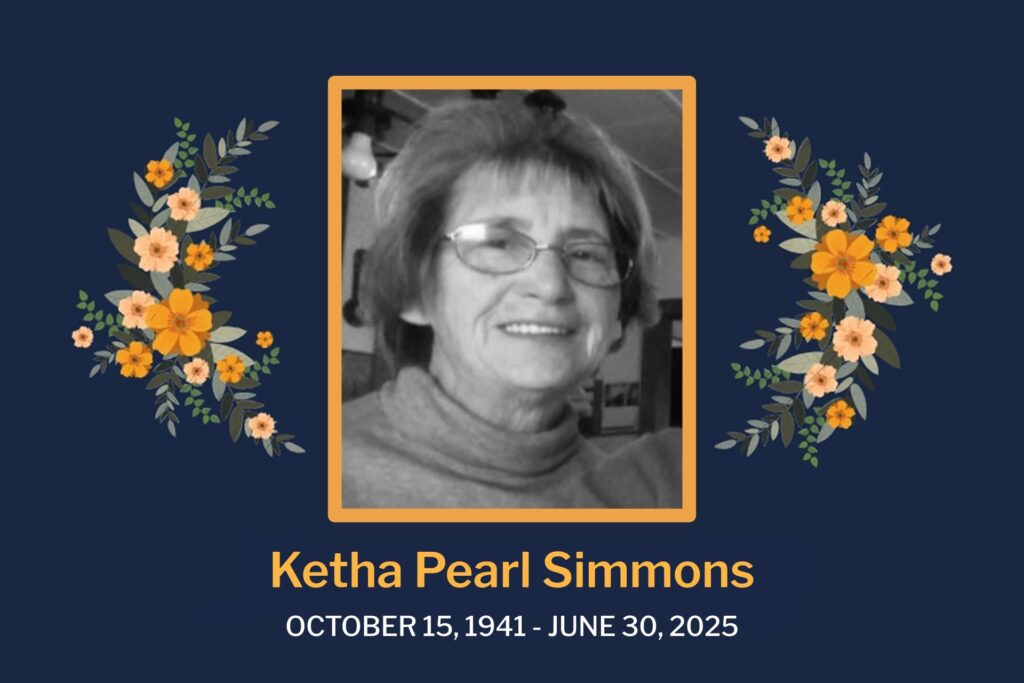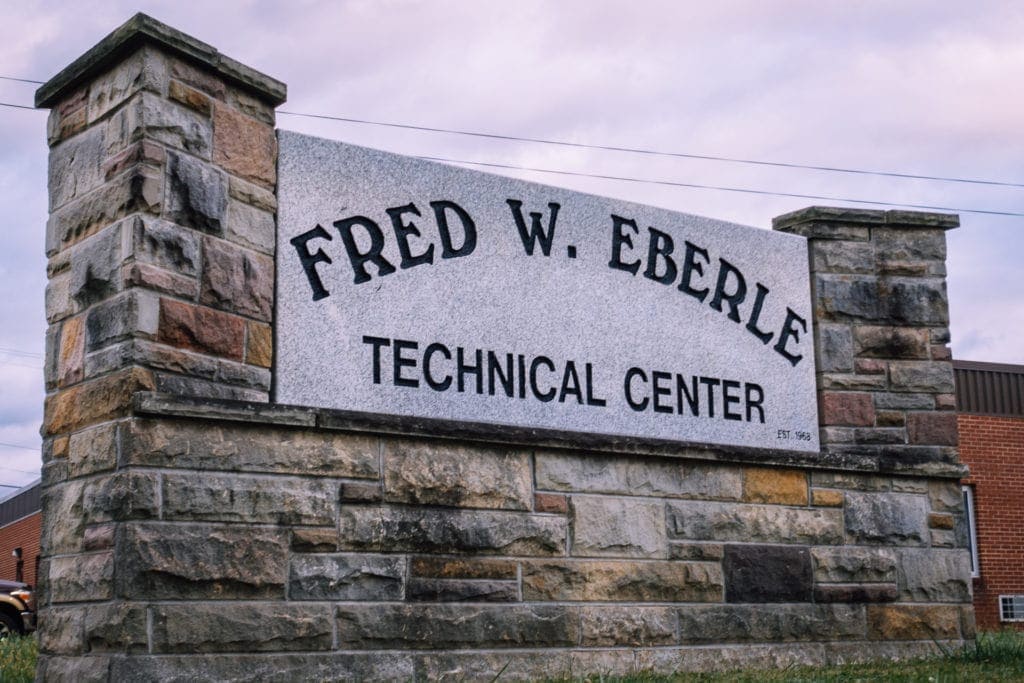The force behind West Virginia University’s Appalachian Coders project has made it her mission to remove elitism from gifted education. This means identifying gifted students living in disadvantaged areas while promoting the STEM disciplines.
“It’s a right students have,” Carla Brigandi, an associate professor at the College of Applied Human Sciences, said. “If you have any kind of talent, whether it’s math, athletics or something else, you deserve opportunities to develop your potential.”
Appalachian Coders provides resources and trainings enabling teachers to embed computational, STEM-related activities and thinking in core lesson plans for elementary students. The project tracks teacher confidence and student and parent engagement and analyzes alternative ways to screen who qualifies for gifted education.
Launched in 2019 in a southern West Virginia school district where 1.7% of students were then identified as gifted, Appalachian Coders, now entering its fourth year, has raised that number to 2.4%.
While the increase shows promise, it doesn’t satisfy Brigandi, especially considering that the average percentage of students identified as gifted nationally is 6%.
In the rural district that hosts the program, educational attainment and incomes are low and approximately 90% of students qualify for free or reduced lunch. Brigandi said those factors diminish students’ access to gifted services.
“The percentage of students identified as gifted is lower in lower-income, lower-education communities. In Monongalia County, over 11% of students are identified as gifted. In counties like Mercer, Jackson, Wyoming and Nicholas, it’s less than 1%.”
With $630,000 from the U.S. Department of Education’s Jacob K. Javits grant program, Brigandi and CAHS assistant professor Jiangmei Yuan, run Appalachian Coders with graduate research assistants Jana Stone and Cathy Manley. First2 Network funds undergraduate assistant Remi McClanahan’s work.
“Parents with higher socioeconomic status are more likely to have a higher level of education and be able to pay for language and music lessons or coaching activities,” Brigandi said. “Their kids are more likely to play instruments, speak foreign languages, excel at whatever they’re good at, because they’ve had these added opportunities.
“With those students, there’s an obvious manifestation of gifts. But if a student has potential that’s not developed, how do we recognize that? We’ve been working with teachers on recognizing gifted behaviors in students from underserved populations where gifts manifest differently.”
Appalachian Coders worked with approximately 800 K-2 students and their teachers during the first three years.
“I was insistent that all the teachers had to be trained — music teachers, gym teachers, classroom teachers, aides and the administrators,” Brigandi said. “Even the state coordinator for special education came to a training. We spanned the hierarchy because that’s how you create a collaborative, sustainable system.”
She has just scaled up to include an additional 650 students from grades 3-5.
Appalachian Coders starts with learning modules available from code.org, then supplements those with gifted education pedagogies, producing 10-minute videos that model the terminology and critical thinking teachers need to adopt those approaches. Often, teachers add their own twists to code.org offerings.
“We did the professional learning with teachers, then we went in and observed them implementing those lessons. That was the most fun day. The gym teachers had the students coming up with dances where they would sequence moves and create loops, so they were using the vocabulary and big ideas of computational thinking to do athletics. It was fabulous how creative the teachers were and how engaged the students were.”
In addition to classroom integration, Appalachian Coders emphasizes after-school activities. At Dr. Seuss Night, “we had kids read ‘The Lorax’ and create the Truffula trees from the book out of pompoms that were all different colors and sizes,” Brigandi said.
To increase access to gifted services, Brigandi wants to change “state policy, which says you need to be in the 97th percentile to qualify. We want to change West Virginia’s overreliance on an IQ score we know students from higher-income, higher-education communities are more likely to achieve.
“That cutoff should be 94% at the highest, not 97%. And we want local norms. Let’s go to whatever county and take the top 10% of students: their scores, compared to their peers in their community, because those are your best. Let’s provide them with services regardless of what kids in other counties are doing, because it’s not a fair comparison.
“I’m not saying, ‘Throw out the IQ score.’ I’m saying, ‘Let’s look at some other pieces.’ Let’s also look at grades and have teachers rate students on creativity, motivation, math and science skills.
“We’re trying to come up with a more equitable system of identification because we have students here with the potential to make the world a better place.”
